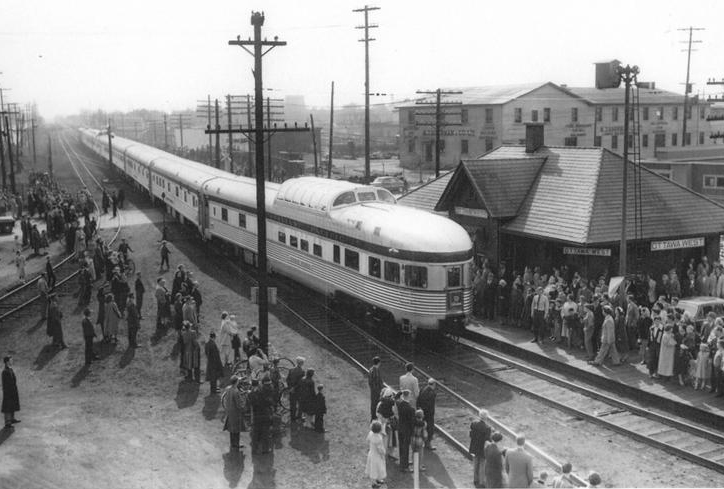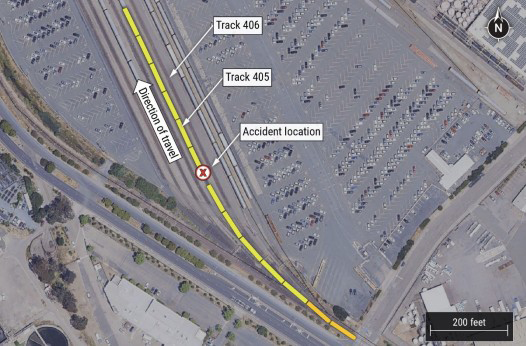
ATLANTA — Norfolk Southern and the American Train Dispatchers Association today agreed to join the Federal Railroad Administration’s Confidential Close Call Reporting System.
Under the one-year C3RS pilot, NS dispatches can report safety concerns with the certainty that such reports will not result in discipline. Submitted safety concerns are made anonymous by NASA and provided for review by a joint committee of NS, ATDA, and FRA representatives, who will identify and recommend corrective actions to improve safety.
In January, Norfolk Southern announced the first pilot program under the FRA’s supervision in the industry, in conjunction with the Brotherhood of Locomotive Engineers and Trainmen, and the International Association of Sheet Metal, Air, Rail and Transportation Workers – Transportation Division.
“This is another step in our journey to become the gold standard of safety in the rail industry,” CEO Alan Shaw said in a statement. “We committed to working with our unions to make our safe railroad even safer, and we’re proud to increase engagement and feedback through this pilot program. On behalf of Norfolk Southern, I want to thank the FRA for their leadership and reiterate our shared commitment to keeping rail the safest way to move freight over land.”
In April 2024, the American Train Dispatchers Association announced the first Class I train dispatcher pilot program, covering 100% of BNSF’s train dispatchers, and is currently the only C3RS pilot program on BNSF.
“Having reached C3RS agreements with two of the Class I Railroads, I encourage each of the remaining Class I’s to follow the path we have set with BNSF and NS,” ATDA President Ed Dowell said in a statement. “We cannot continue to accept accidents as the price of doing business in this industry. Changing over a century of adversarial culture takes courage and I appreciate Norfolk Southern’s leadership in recognizing that C3RS can make a difference. We also thank Secretary [Pete] Buttigieg and FRA Administrator [Amit] Bose for prioritizing C3RS expansion to the Class I railroads.”













